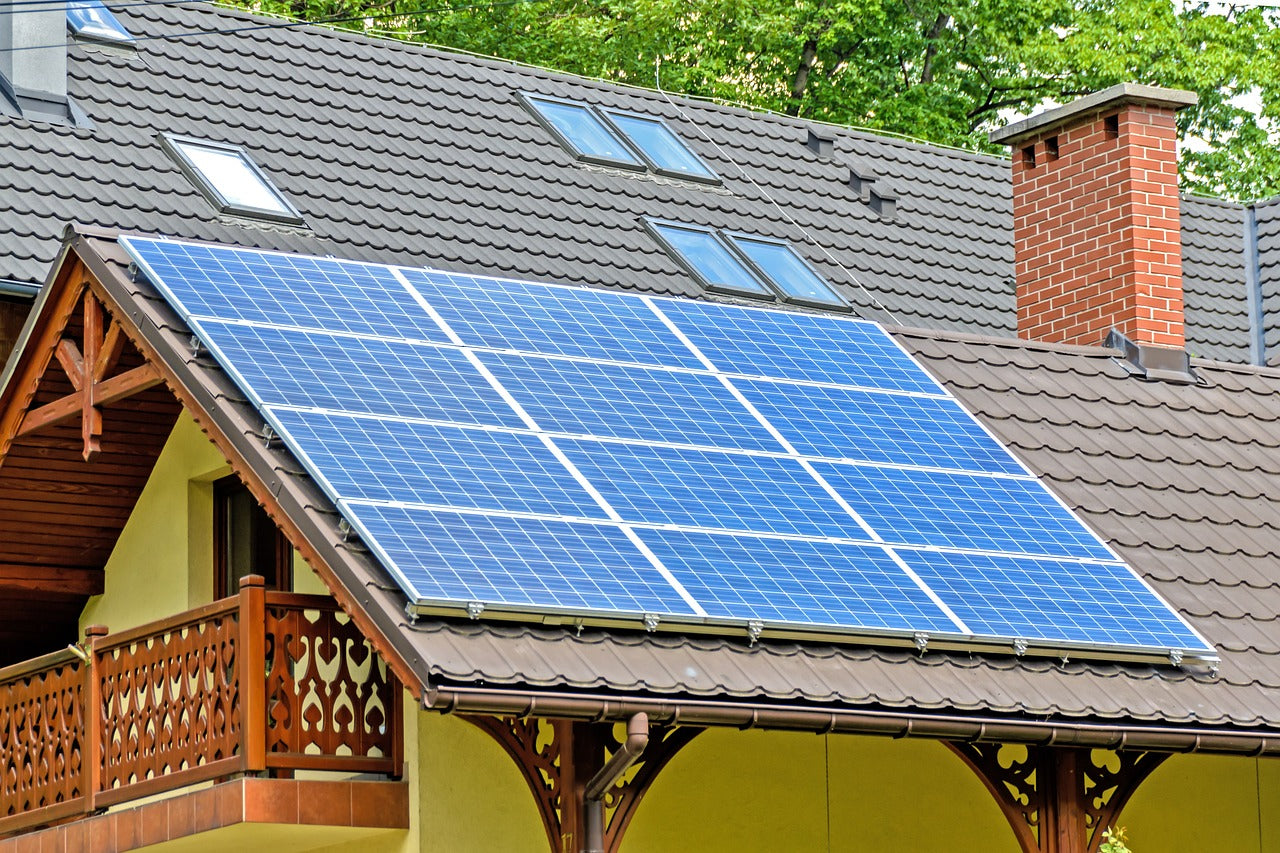
Do Solar Panels Need Direct Sunlight? Real-World Answers for Homeowners
Thinking about solar but unsure how much sunlight your roof actually gets? You're asking the right question.
One of the most common concerns from prospective buyers is whether solar panels need direct sunlight to work efficiently. The short answer? Not always. The long answer is more interesting—and a lot more useful if you're weighing your options.
Let’s break down what direct sunlight really means in the context of solar energy, and how factors like cloud cover, shade, and even wind play into your solar panel system’s overall performance.
According to a comprehensive analysis published in ACS Omega, solar panel efficiency is strongly influenced by solar intensity and ambient temperature. Higher solar intensity leads to more solar power production, while increased wind speed helps cool the panels, improving efficiency. That means your system’s surroundings—climate, installation angle, and even the presence of surrounding buildings—matter as much as how much direct sun you get.
Can Solar Panels Produce Power Without Direct Sunlight?
Yes, solar panels can produce electricity from indirect sunlight, also known as diffuse light. This is the kind of light that passes through clouds, bounces off nearby surfaces, or filters through a hazy sky. While it's not as intense as direct sunlight, it’s still capable of generating electricity.
This is possible because solar cells, the core components of a panel, react to the visible spectrum of light, not just the intense rays of midday sun. However, the solar panel output will be lower compared to when the panels are in full sun.
Do Solar Panels Work on Cloudy Days?
Absolutely. Cloudy weather doesn’t stop solar panels from working—it just reduces their power output. Depending on the density of the cloud cover, panels might generate anywhere from 10% to 60% of their typical energy production on a clear day. What’s more, cold weather can actually be beneficial: solar panels perform better when they’re not overheated, so a brisk, cloudy day isn’t a total loss for energy generation.
Some technologies, like bifacial solar panels and Hybrid PVT (Photovoltaic and Thermal) Solar Panels, can even make better use of cumulative solar radiation, capturing energy from both direct and reflected sunlight. Learn more about these advanced systems here.
Do Solar Panels Work in Shade?
Here’s where things get more nuanced. Shaded solar panels—whether shaded by trees, chimneys, or nearby buildings—can experience reduced system output. But that doesn’t mean shade makes solar panels useless. In fact, modern systems use micro inverters or power optimizers to mitigate the effect of shade on a single panel, so the shading of one doesn’t drag down the energy output of the entire array.
Still, it's best to avoid placing panels in heavily shaded areas. When evaluating your home, consider how shadows move throughout the day and whether a particular roof section is more exposed during peak sun hours.
How Efficient Are Solar Panels Without Direct Sunlight?
Efficiency in solar terms means how well a panel converts sunlight into electricity. Without direct sun, the efficiency drops—but it doesn’t vanish. Panels can still generate energy under cloudy days, fog, or even light snow. A light dusting typically doesn’t block enough sunlight to stop production altogether. Many panels are designed with surfaces that help in shedding snow or dirt, keeping maximum output more consistent.
In regions that frequently experience heavy cloud cover, you can still optimize performance by selecting the right type of solar panel technology and orientation. Find out how to install a solar panel on an inclined roof for maximum sun exposure.
Does Solar Panel Positioning Matter?
Absolutely. The angle, tilt, and direction matter when you install solar panels. They determine how well they capture the sun’s rays. Ideally, panels should be installed facing true south (in the Northern Hemisphere) at an angle equal to your latitude to catch the most sun year-round.
And if your home has multiple roof surfaces with varying exposures, your installer will help you evaluate how much sunlight each area receives over the year.
How Much Energy Can I Expect to Produce?
This depends on several factors, including your location’s peak sun hours, roof orientation, weather conditions, and system size. A rule of thumb is that four peak sun hours a day is enough to make solar a solid investment, but even areas with less sunlight can be viable with the right design.
Your actual energy needs will also affect your system’s design—whether you're looking to cover just your home’s electric current or generate excess energy to sell back to the grid, influenced by local utility rates and state incentives.
What Happens to My Energy on Low-Sunlight Days?
Most systems are grid-tied, meaning that on low-production days, you’ll draw from the utility grid. On high-production days, you might push more power into the grid, earning credits or income depending on your local net metering policies.
Battery storage is another option, allowing you to store more electricity for later use. While not necessary for all homes, it adds resilience and increases your independence from utility fluctuations.
Smarter Solar Systems, Built for Real-World Conditions
At Hydro Solar, we specialize in smart, resilient solar system designs tailored to your specific environment. Whether your roof sees full sun or partial shade, we use advanced technologies like micro inverters and power optimizers to ensure that shading from trees or chimneys won’t block sunlight and compromise your entire setup. We understand that solar panels require strategic placement and efficient components to truly perform, and that’s exactly what we deliver.
Our systems are engineered to maximize every drop of the sun’s energy, even during low-light conditions. From cutting-edge Hybrid PVT solar panels to all-weather mounting solutions, we ensure maximum efficiency and reliable peak output all year long.
When you choose Hydro Solar, you're not just buying a product—you’re investing in expert design, proven renewable energy technology, and a partner committed to helping you generate dependable solar electricity. Contact us today to discuss your project!

Leave a comment